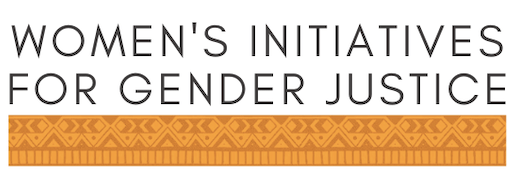On 21 April, 2017 we launched the first peace path in northern Uganda honouring those killed, raped, abducted and harmed, as well as those who are still missing as a result of the LRA-related conflict. The Peace Path is a public space which recognises the suffering of the community and fosters reconciliation between victims and their clans and the rebuilding of trust and acceptance for and with those abducted by the LRA. The Peace Path is a symbol of belonging and healing and bears witness to all those who died and suffered during the 26-year conflict in northern Uganda.
We are grateful for the support and generosity of Kwaro Acholi, the Acholi Cultural Institution, in hosting the Peace Path on their land. His Highness, Rwot David Acana II, the Paramount Chief of Acholi officially opened the path and at the unveiling of the peace path sign, he said that this was, ‘an important initiative for all those affected by the conflict and it represents a healing opportunity for the community’. We were also honoured by the attendance and participation in the ceremony of the Acholi elders and officials.
All of the graduates of the Wamare Institute were the first victims/survivors to lay tiles on the Peace Path. As they came forward one by one to lay the tile with their name engraved on it, they each took a moment to reflect, pray or talk about their experiences abducted by the LRA. Some parents, partners, husbands, children and community members attended the ceremony and supported those laying their tiles.
Each Wamare graduate was given a second tile with her name engraved on it to take home to do with as they wish. Some may keep it privately for themselves and their families, others may use it to start conversations about their experience, and still others may use it to initiate some kind of public memorial in their village or town. In the future, we will share some of the stories about the different ways graduates have used this tile.
Since the pathway opened, many people have come to see it and to spend time reading the names on the peace path. The pathway is open to anyone in the community who wishes to lay a brick for themselves or a loved one and we will hold twice/yearly public ceremonies to lay tiles.
Background
The idea for the peace path was inspired by a visit to a peace park in Sedona, Arizona, where community members had laid bricks with the names of loved ones who had died. This sparked the idea of creating a peace path in northern Uganda, connected to our Wamare Institute but accessible to everyone in the community. Having worked in northern Uganda since 2004, we were aware that despite being functionally post-conflict for a decade, no public memorials had been created nor any community spaces established acknowledging the pain, harm and suffering experienced by communities across northern Uganda as a result of the LRA-related conflict. Many of those we work with have spoken about the loss of loved ones and the horrific violence they experienced or witnessed including the LRA practice of chopping off of lips and ears to intimidate the civilian population. We also work with some of those who were abducted during LRA raids on girls boarding schools across northern Uganda or girls abducted on their way or from school. Now women, some of those abducted as girls were amongst the first to lay tiles on the Peace Path.
At the height of the conflict more than 1 million people were living in camps for internally displaced persons in northern Uganda. Many in the community have a sense of bitterness towards the Government for failing to protect them, for not responding to their suffering and also for the commission of rape and other forms of violence, allegedly committed by the Ugandan Army during the LRA-related conflict.
